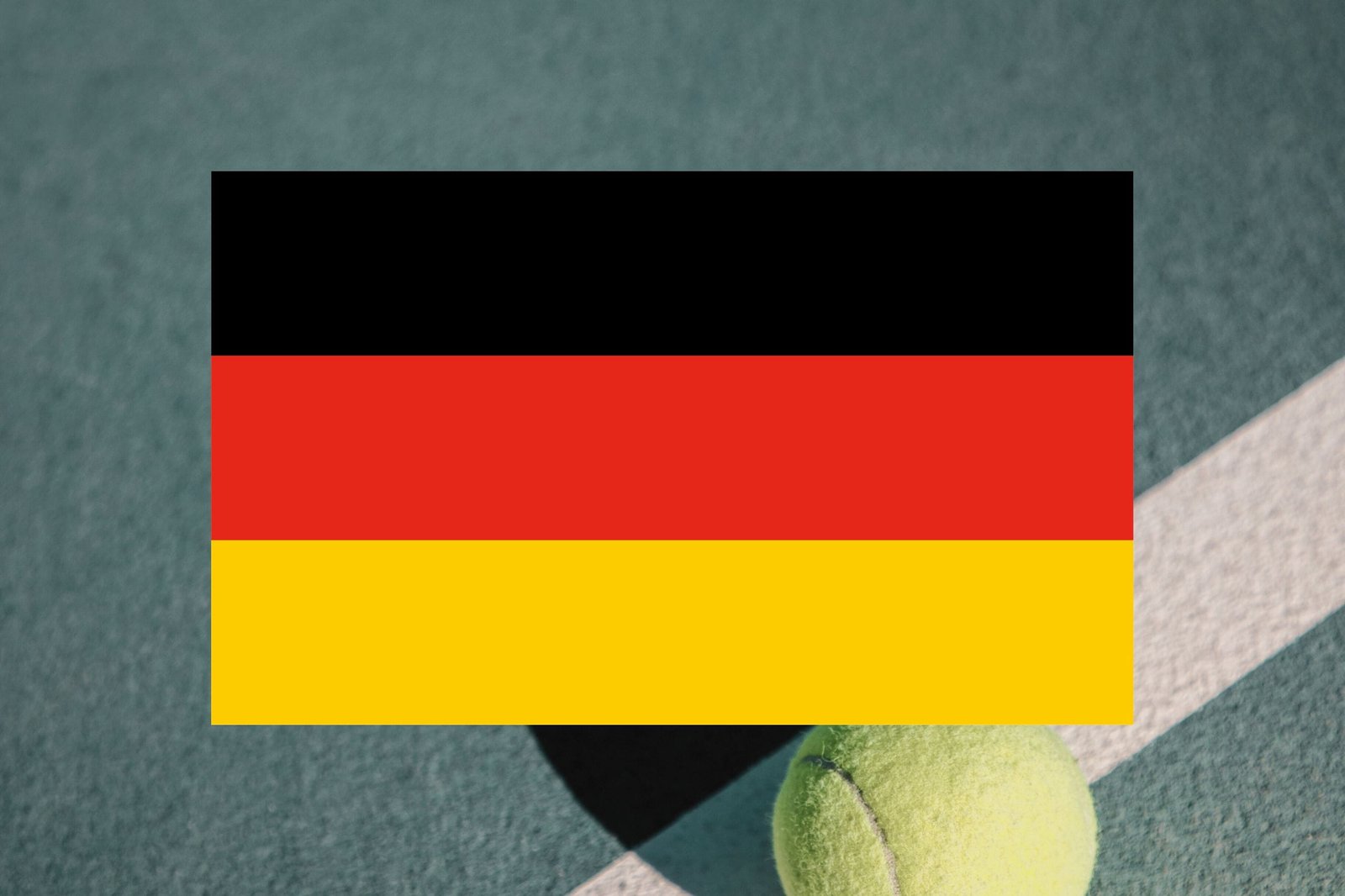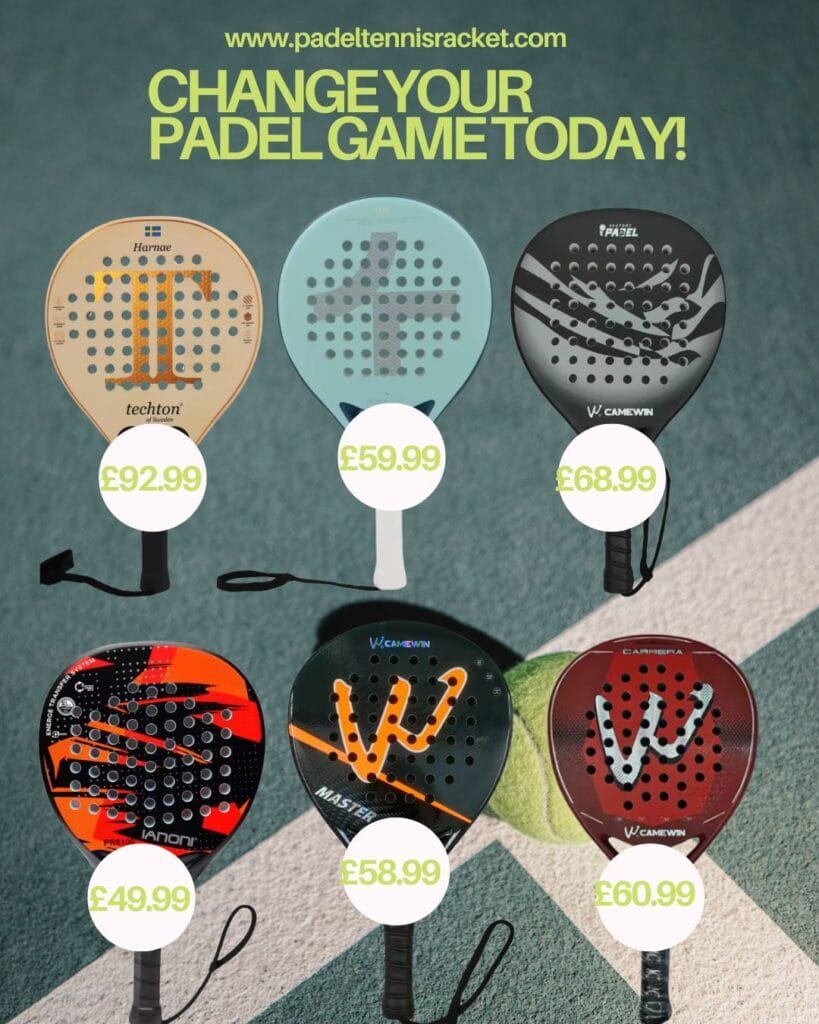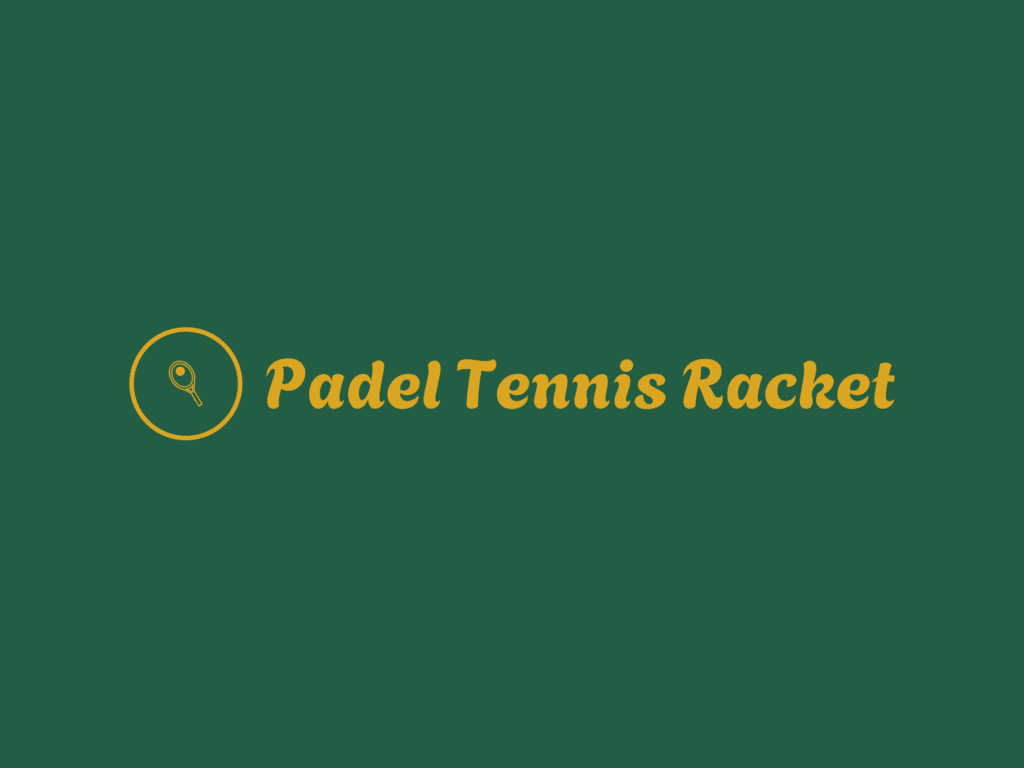
Over the last few years, padel in Germany has evolved from an obscure sport into one of the most promising athletic trends across the country. With its unique combination of tennis, squash, and social gameplay, padel is attracting everyone from recreational players to serious athletes. As courts spring up in cities and towns across Germany, it’s clear that this once-niche sport is making a serious impact.
The rise of padel in Germany began modestly in the mid-2010s. While padel had already established strong roots in countries like Spain and Argentina, it was still relatively unknown in Germany. A few visionary sports clubs in places like Berlin, Hamburg, and Munich started to introduce the sport to their members. What started as an experimental offering soon turned into a full-blown movement as players discovered just how accessible, engaging, and fun padel could be.
One of the key factors behind the success of padel in Germany is its inclusivity. The game is played in doubles on a smaller court than tennis, with walls that allow the ball to bounce back into play. This setup creates longer rallies and less technical barriers for entry. Unlike many traditional racket sports, padel allows new players to pick up the basics quickly while still offering depth for experienced athletes.
The social component of padel in Germany is also a major draw. Padel thrives on interaction, strategy, and teamwork, making it perfect for friendly matches, office team-building, or weekend fun. It’s not uncommon to see corporate groups, students, and seniors sharing courts at Germany’s growing number of padel venues. Clubs are responding by designing facilities that combine sport and social life—complete with cafés, lounges, and wellness spaces.
The expansion of padel in Germany has been particularly strong in urban areas. Major cities such as Frankfurt, Stuttgart, Düsseldorf, and Cologne have seen a surge in padel courts—many of them housed in modern indoor complexes that allow year-round play. Thanks to digital booking platforms, it’s easier than ever for players to reserve court time, find partners, and join leagues.
To support the growth of padel in Germany, the German Padel Federation (Deutscher Padel Verband, or DPV) has ramped up efforts to professionalize the sport. They’ve introduced national rankings, sanctioned tournaments, and youth development programs. With more German players now competing in international padel events, there’s increasing interest in seeing Germany become a powerhouse in the sport over the next decade.
Another important dimension of padel in Germany is innovation. Startups and sports tech companies are investing in court construction, smart tracking systems, and app integration. This technological push is helping to modernize the playing experience—whether it’s through real-time match analytics or automated court access through smartphones. These innovations are particularly appealing to younger generations, who are fueling much of padel’s growth.
Social media has also contributed to the popularity of padel in Germany. Influencers, athletes, and celebrities have posted their matches and training sessions online, generating widespread interest and encouraging new players to give the sport a try. YouTube tutorials, Instagram highlights, and TikTok clips have made padel more visible, especially among people looking for new ways to stay active and connected.
However, the rapid development of padel in Germany brings challenges too. Court availability hasn’t kept up with demand in some areas, and concerns around affordability and accessibility have been raised. Some worry that padel could become a sport dominated by private clubs, excluding lower-income communities. In response, public sports organizations and municipalities are beginning to explore building community courts and offering introductory programs to schools and youth groups.
Environmental sustainability is another emerging topic. With many padel courts being built indoors, there’s growing pressure to reduce energy use and carbon emissions. Fortunately, many facilities are integrating solar energy, LED lighting, and recycled construction materials—aligning padel’s growth with Germany’s broader sustainability goals.
Looking ahead, the future of padel in Germany appears very bright. More schools are incorporating the sport into their physical education programs, and universities are forming competitive teams. Corporate wellness programs are adopting padel as a go-to team activity, and local governments are starting to see its value in promoting community health and fitness.
Ultimately, the success of padel in Germany lies in its universal appeal. It’s accessible, sociable, and fun—a rare combination in the world of sports. Whether you’re looking to compete, socialize, or simply stay active, padel offers something for everyone.
In conclusion, padel in Germany is no longer just an emerging trend—it’s becoming a defining part of the country’s modern sports culture. With strong institutional support, community interest, and continued innovation, padel in Germany is poised to become a national mainstay for years to come.


